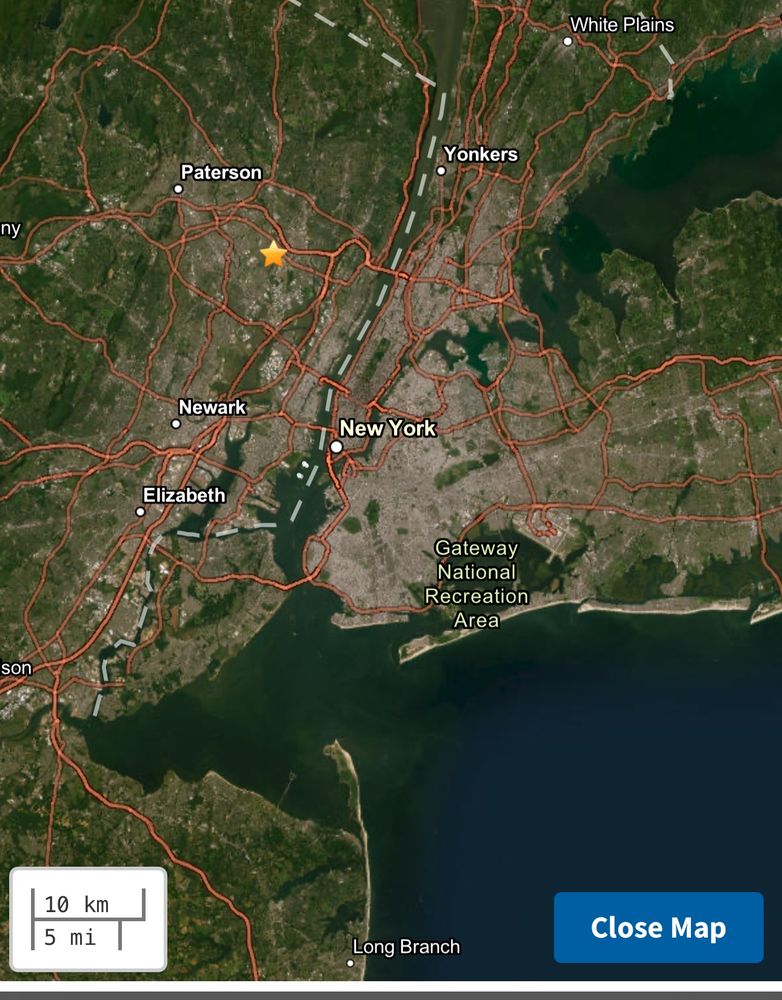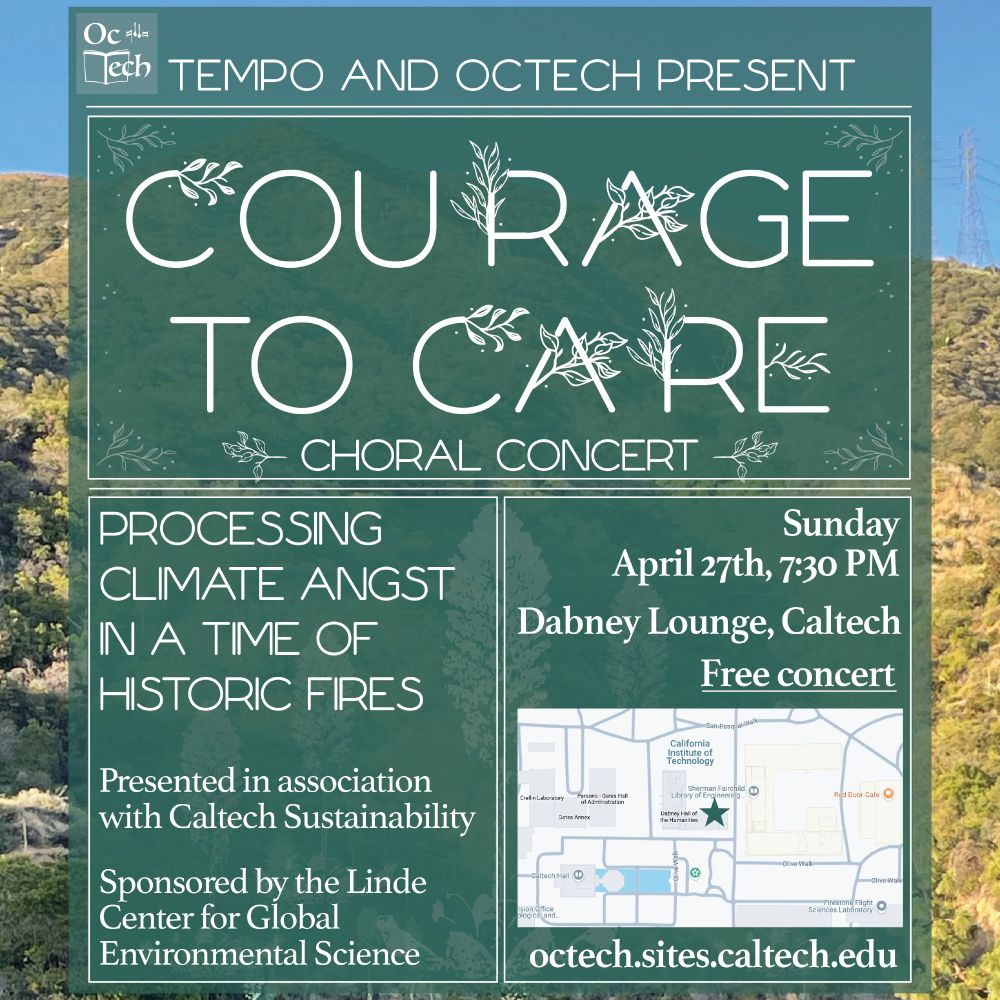Lucy Jones
@drlucyjones.bsky.social
8K followers
84 following
62 posts
Seismologist in Southern California. Viol player. Founder of Tempo: Music for Climate Action
Posts
Media
Videos
Starter Packs
Lucy Jones
@drlucyjones.bsky.social
· Sep 2

Lucy Jones: Seismology, ShakeOuts, and String Quartets | Making Los Angeles
What do Chinese literature, medieval string instruments, and earthquake drills have in common? In Los Angeles, the answer is Lucy Jones.
Often called “L.A.’s earthquake queen” — a nickname she’s not e...
making-l-a.simplecast.com
Lucy Jones
@drlucyjones.bsky.social
· Aug 6
Lucy Jones
@drlucyjones.bsky.social
· Jul 31
Lucy Jones
@drlucyjones.bsky.social
· Jul 30
Reposted by Lucy Jones
Lucy Jones
@drlucyjones.bsky.social
· Jul 16
Lucy Jones
@drlucyjones.bsky.social
· Jul 12
Lucy Jones
@drlucyjones.bsky.social
· Jun 24
Lucy Jones
@drlucyjones.bsky.social
· Jun 24
Lucy Jones
@drlucyjones.bsky.social
· Jun 10
Lucy Jones
@drlucyjones.bsky.social
· Jun 10
Lucy Jones
@drlucyjones.bsky.social
· Jun 7
Lucy Jones
@drlucyjones.bsky.social
· May 13
Lucy Jones
@drlucyjones.bsky.social
· May 12
Lucy Jones
@drlucyjones.bsky.social
· May 12
Lucy Jones
@drlucyjones.bsky.social
· Apr 29
Reposted by Lucy Jones










